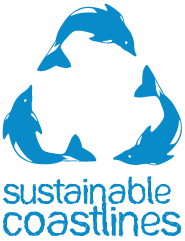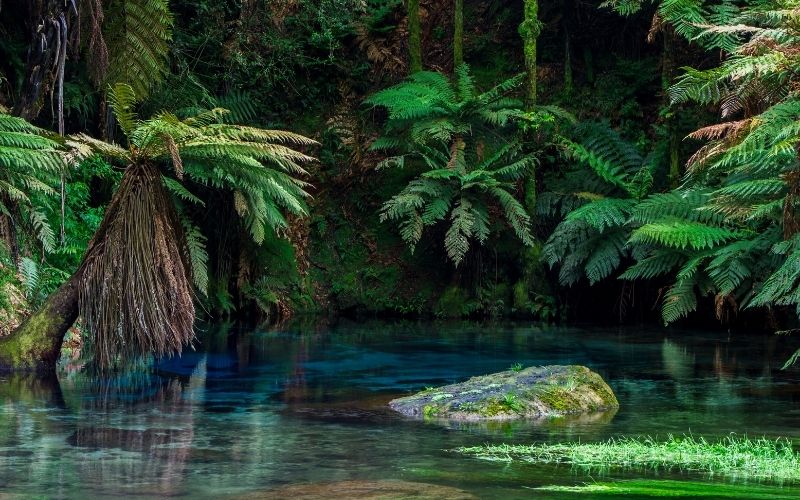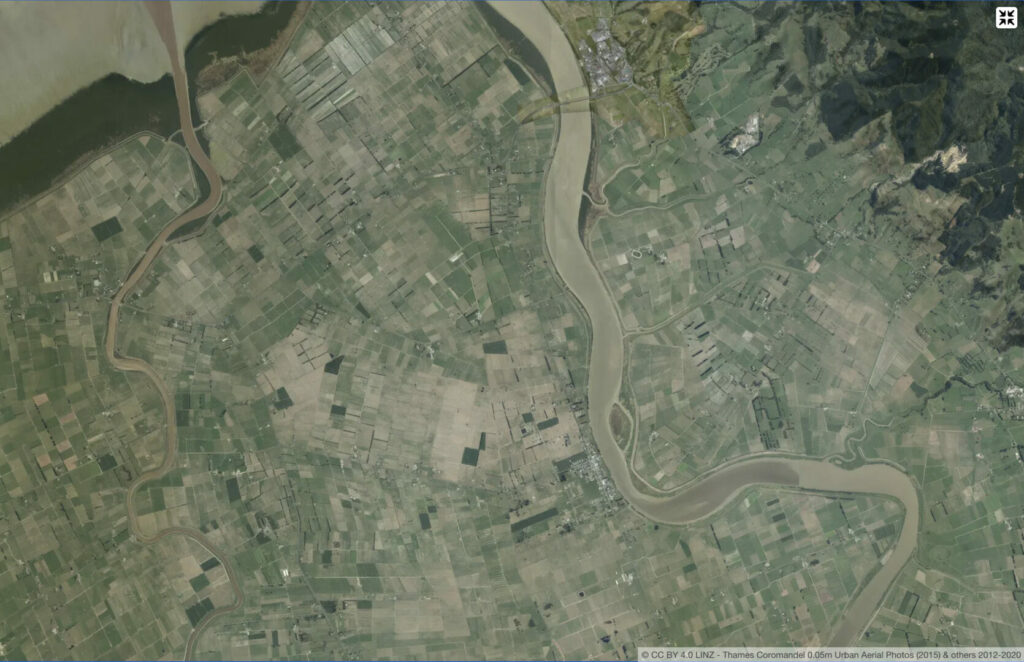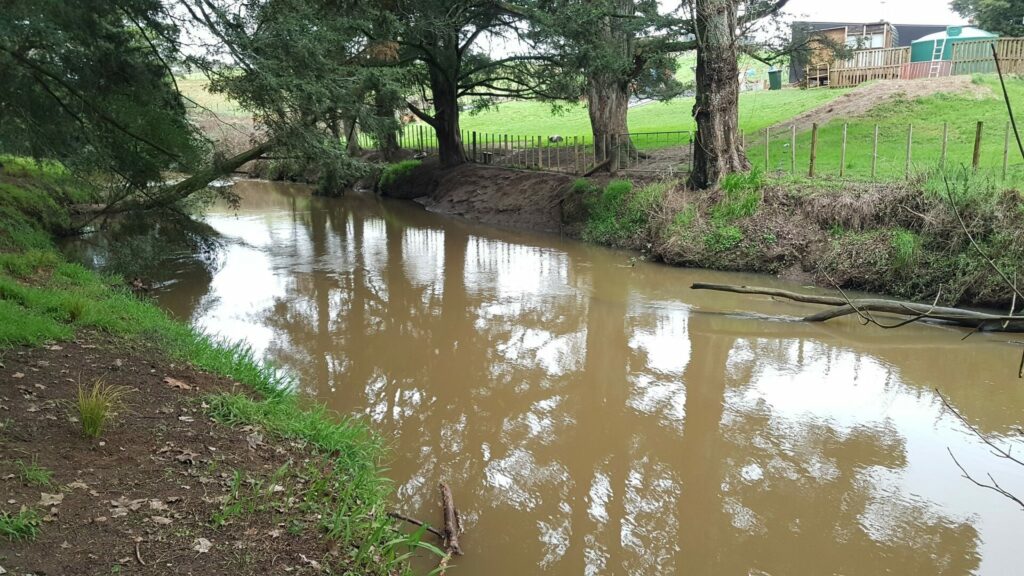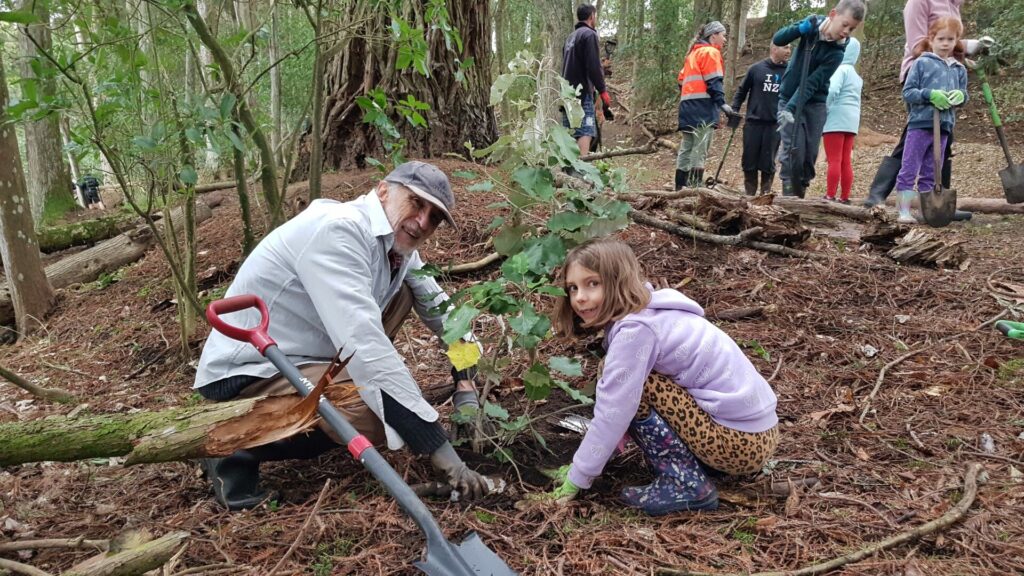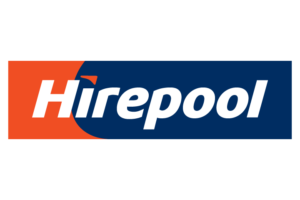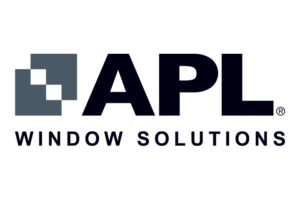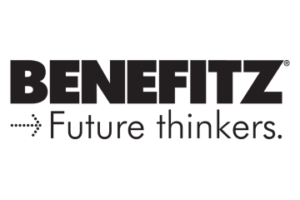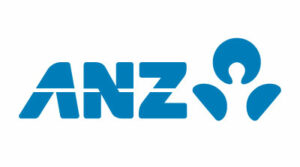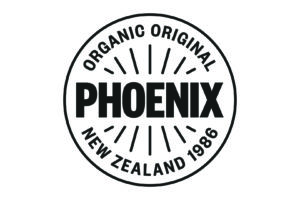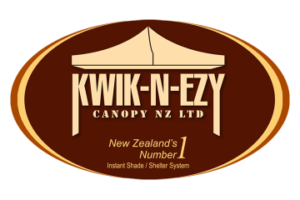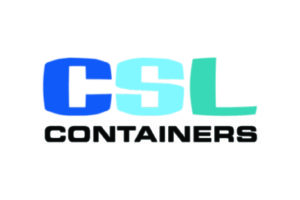Concerns for the state of the Hauraki Gulf unite philanthropic trusts to invest in long-term solutions in the Waihou-Piako catchment.
Take a look at the Firth of Thames on a map. At its bottom right you’ll see it has a little tail, the Waihou River, and next to it (you might have to zoom in), is the Piako River. These two rivers make up the Waihou–Piako catchment — a vast landscape of 3,743 square kilometres that drains into the Hauraki Gulf. Sustainable Coastlines is one of many groups spread across the region working hard to improve the health of these awa.
When you cross the Kopu Bridge (that’s right, the one you have to hold your breath over on family holidays), and look down, the water is coffee-brown. It doesn’t start out that way. In fact, the Waihou starts life as some of the clearest water in the world — you can visit the famous Blue Spring in Putaruru, close to the river’s source in the Mamaku Ranges. The Piako River begins near here, draining the ranges west of Matamata.
